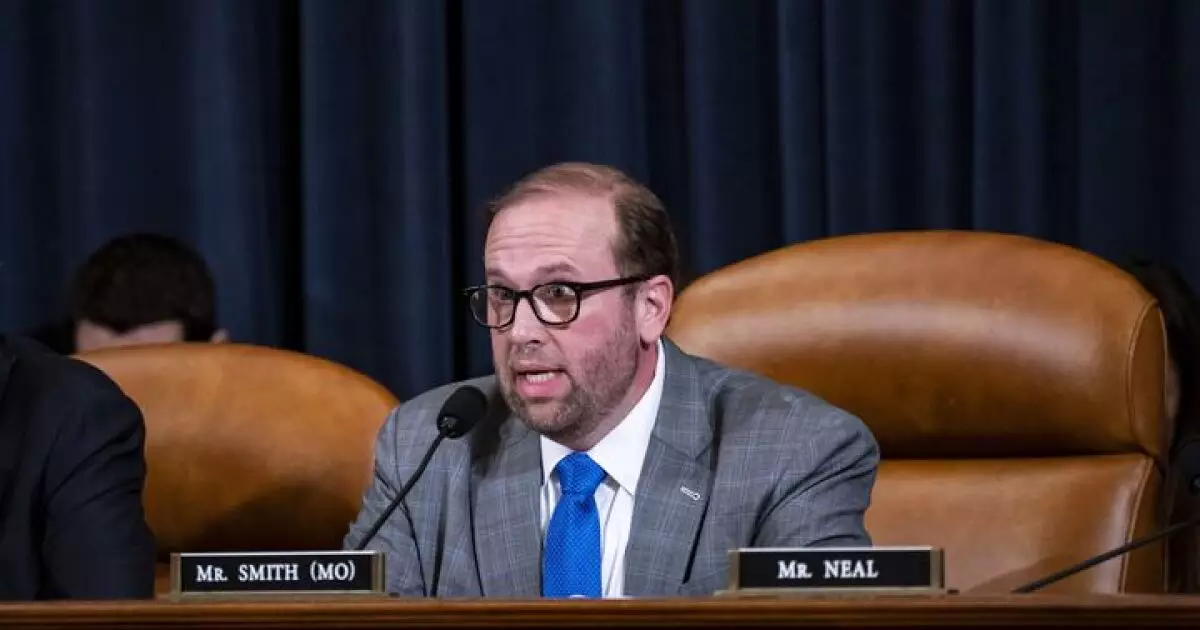In a developing scenario that could significantly reshape the municipal bond market, the House Ways and Means Committee has begun discussing the potential elimination of tax-exempt bonds as part of an expansive reconciliation bill. This deliberation comes amidst a broader inquiry into various federal financial policies, which has produced a comprehensive list of targeted programs, including critical proposals that could affect how local and state bonds operate. For stakeholders in the municipal bond market, these discussions represent a formidable challenge, as many worry that long-standing tax exemptions could soon face harsh scrutiny.
The tax-exempt status of municipal bonds has historically been an essential feature for investors, encouraging a robust market by offering tax-free interest income. The possible axing of this benefit raises significant alarm, as stakeholders scramble to understand the implications. With lawmakers looking for ways to fund extensive tax extensions and ensure financial sustainability, the fear of losing these exemptions looms large. Municipal bond advocates like the Bond Dealers of America (BDA) emphasize the need for proactive measures to protect these tax benefits, signaling an urgent call to action within the industry.
In response to these developments, municipal finance lobbyists have ramped up their advocacy efforts. The BDA, along with the Government Finance Officers Association (GFOA), is mobilizing for a series of ‘fly-ins’, where industry representatives will meet directly with lawmakers. These engagements aim to educate and inform decision-makers about the potential ramifications of stripping tax exemption from municipal bonds. With pivotal lobbying expected to take place in the coming weeks, stakeholders are determined to safeguard their interests.
Unfortunately, while advocacy efforts may help mitigate some impacts, the gravity of the situation cannot be understated. The 51-page document circulating among municipal finance participants outlines stark possibilities, including not only the elimination of tax-exempt bonds but also the prospective removal of non-profit status for hospitals and other health institutions, which are significant issuers in the municipal market. This overwhelming breadth of potential changes has raised eyebrows across the financial community, causing many to brace for the worst.
Tax policy reform such as this does not exist in a vacuum; it intertwines with numerous facets of public and private finance. The document hints at changes that could destabilize entire sectors, from healthcare to local government funding, based on the revenue generation estimates resulting from these alterations. For instance, by eliminating the tax exemption for state and local bonds, proponents of reform assert that it could yield significant savings, estimated at around $250 billion over the next decade. This aggressive strategy attempts to underscore the necessity of such measures in the context of growing national debt and fiscal responsibility.
A critical area under examination pertains to the state and local tax deduction cap. The proposed measures range from outright elimination of deductions for both individuals and corporations, estimated to save around $1 trillion over the same decade, to more modest adjustments. Each of these options holds substantial implications for municipal investment and funding strategies, prompting local governments to reevaluate their financial planning in light of possible new realities.
Given the uncertainty clouding the future of municipal bonds and the municipal finance landscape at large, stakeholders must maintain vigilance. Balancing advocacy and adaptation will be essential in navigating these tumultuous waters. Local governments, investors, and financial institutions should prepare for the potential fallout of these proposed tax reforms, focusing on collaboration to advocate for the sustaining of essential tax-exempt status and surrounding policies.
While the current proposals raise significant concern, they also illuminate the critical need for stakeholders to engage proactively in advocacy efforts. A united front among municipal bond professionals could cultivate the necessary momentum to safeguard public finance mechanisms. As discussions evolve and take shape within Congress, the course of municipal bonds could hinge on the outcomes of these advocacy efforts—a process that calls for an informed, organized response from all parties involved. The stakes have never been higher, as the future of public finance hangs in the balance.

